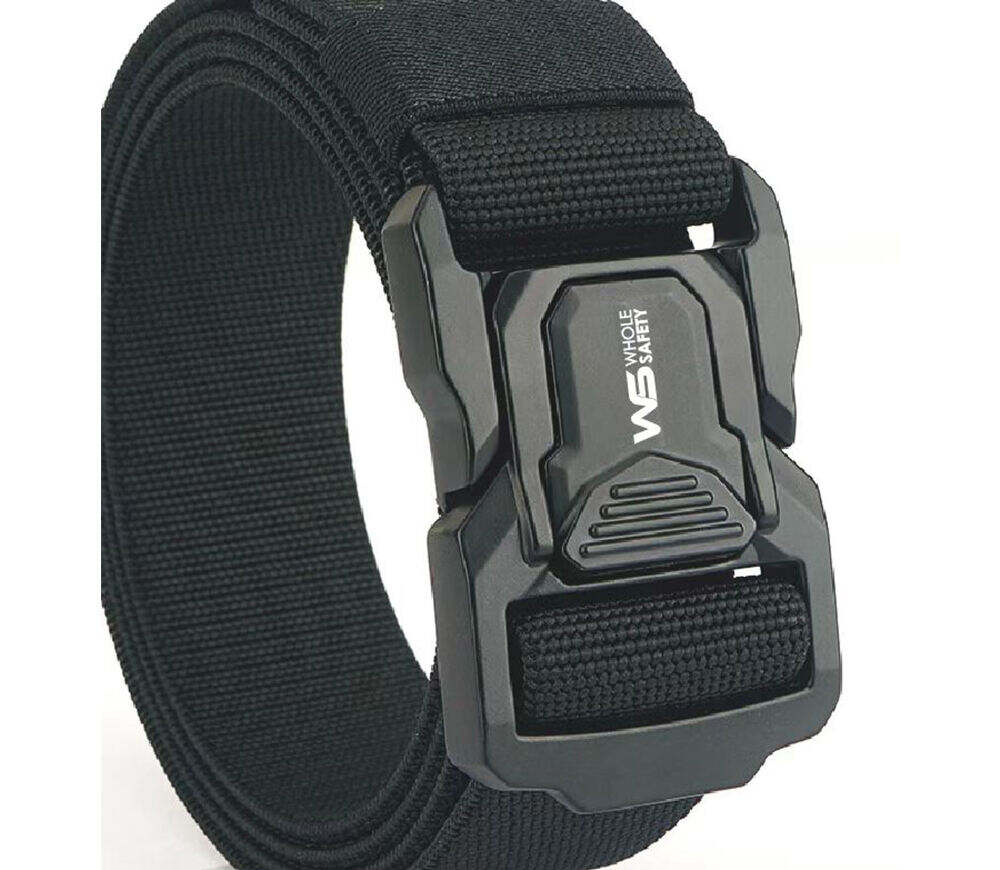In various industries, the risk of fire is an ever - present danger that can have catastrophic consequences for workers. Fire retardant workwear serves as a crucial line of defense, offering multiple benefits that make it an essential component of personal protective equipment (PPE).
One of the primary reasons to use fire retardant workwear is to protect workers from burns. In industries such as firefighting, petrochemicals, and welding, workers are frequently exposed to open flames, hot surfaces, and flammable materials. Regular clothing can ignite easily when exposed to these hazards, causing severe burns that can lead to long - term disabilities or even death. Fire retardant workwear, on the other hand, is designed to resist ignition and self - extinguish when exposed to flames. It can significantly reduce the severity of burns by limiting the spread of flames and the amount of heat transferred to the worker's body. For example, in a petrochemical plant, if a worker is accidentally exposed to a fire, fire retardant coveralls can provide valuable seconds of protection, allowing the worker to move away from the danger and minimize the extent of their injuries.
Fire retardant workwear also helps to prevent the spread of fire. In workplaces where there are large amounts of flammable substances, such as in a chemical storage facility or a timber mill, a small fire can quickly escalate into a major disaster if not contained. When workers wear fire retardant clothing, it reduces the likelihood of their clothing catching fire and acting as a fuel source for the fire. This can help to confine the fire to its initial location, giving emergency responders more time to control and extinguish it. Additionally, it can prevent workers from becoming a source of ignition themselves, as their clothing will not easily catch fire and spread the flames to other areas.
Another important reason to use fire retardant workwear is to comply with safety regulations and standards. Many industries have strict regulations in place regarding the use of PPE, including fire retardant clothing. These regulations are designed to ensure the safety and well - being of workers and to minimize the risk of accidents and injuries. By providing workers with fire retardant workwear, employers can demonstrate their commitment to safety and avoid potential legal liabilities. For instance, in the construction industry, there are specific standards that require workers to wear fire retardant clothing when working in areas where there is a risk of fire, such as near welding operations or in buildings with flammable materials.
In addition to protecting workers from physical harm, fire retardant workwear can also have a positive impact on their mental well - being. Knowing that they are wearing protective clothing that can help keep them safe in the event of a fire can give workers a sense of security and confidence. This, in turn, can improve their job performance and productivity, as they are less likely to be distracted by concerns about their safety. For example, firefighters who are equipped with high - quality fire retardant turnout gear can focus more on their task of saving lives and property, rather than worrying about their own safety.
Fire retardant workwear is also durable and long - lasting, making it a cost - effective investment for employers. Although the initial cost of fire retardant clothing may be higher than that of regular workwear, it can withstand repeated washing and exposure to harsh conditions without losing its fire - retardant properties. This means that it does not need to be replaced as frequently as regular clothing, resulting in long - term cost savings. Additionally, the use of fire retardant workwear can reduce the number of work - related injuries and illnesses, which can also lead to cost savings in terms of medical expenses, lost workdays, and workers' compensation claims.
In conclusion, the use of fire retardant workwear is essential for protecting workers from the dangers of fire in various industries. It provides protection against burns, helps to prevent the spread of fire, ensures compliance with safety regulations, improves workers' mental well - being, and is a cost - effective investment for employers. By providing workers with high - quality fire retardant workwear, employers can create a safer work environment and demonstrate their commitment to the well - being of their employees.


